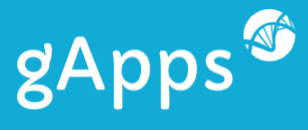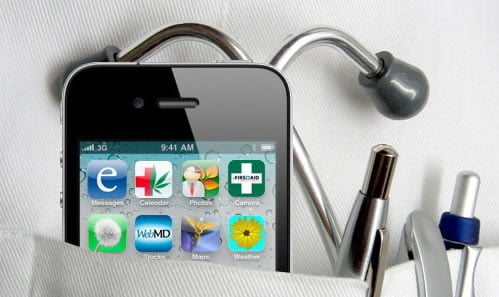How apps could help to improve medication adherence
Playing Games With Your Medicine
The stampede towards campaigns on social media and mobile apps designed to increase health awareness, continues. The same media is also being used to promote patient adherence to medication regimes. Some of the most inventive ways being employed to get patients involved have been with the use of gaming apps. Inelegantly labelled SMAG’s which stands for Social, mobile and games, the technology is still very much a new innovation and the question is – are they just a gimmick or will they really do anything to help the adherence to medication in those that they are aimed at?
There is no doubt that medication adherence is now a multi billion dollar per year problem, and one of those working on using gaming to address the problem is Mango who have observed that the industry has tended to focus on two main areas. The first is tracking the consumption of medicine by patients. The second area of focus has been analysis of patient data to better identify the populations at risk in various scenarios. However, it is now thought that the root cause of patient non adherence is likely to be due more to behavioural issues.

With the app that Mango produce the patient can enter any supplements or medication that they need to take as well as the timing and the dosage of that medication. The app, that is typical of the many adherence apps on the market, will advise patients of the time that they need to take their medication. It will also alert the user to any potential reaction between medications that might prove dangerous. But it is the gaming side that the makers are hoping will give their app the edge. The game involves a currency that is unique to the game and the user will ‘earn’ the virtual money by being rewarded for taking medication on time, for instance. There is a levelling up scheme that means that the users of the gaming system of adherence can progress to actual rewards from Mango’s partners. The type of rewards on offer will include items such as donations to charities and rewards that can be redeemed at retailers. Another interesting feature of the gaming app is that the user can see how their adherence to medication compares with others suffering from the same condition. The Mango app is aimed at middle aged people diagnosed with certain conditions although in practice the makers have found that they have had users in their twenties as well as in their seventies. Maybe it never is too late to teach an old or a young dog new tricks!

 In May of this year
In May of this year